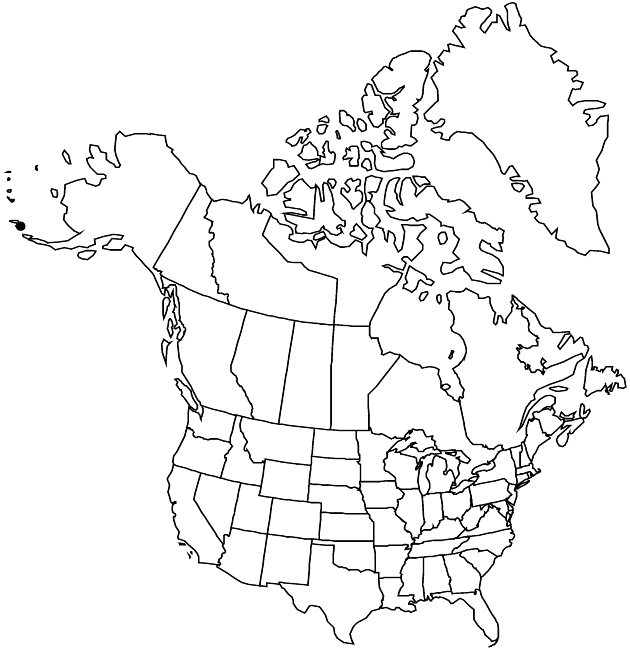Difference between revisions of "Antennaria dioica"
Fruct. Sem. Pl. 2: 410. 1791.
FNA>Volume Importer |
FNA>Volume Importer |
||
| Line 11: | Line 11: | ||
|name=Gnaphalium dioicum | |name=Gnaphalium dioicum | ||
|authority=Linnaeus | |authority=Linnaeus | ||
| + | |rank=species | ||
|publication_title=Sp. Pl. | |publication_title=Sp. Pl. | ||
|publication_place=2: 850. 1753 | |publication_place=2: 850. 1753 | ||
| Line 17: | Line 18: | ||
|name=Antennaria hyperborea | |name=Antennaria hyperborea | ||
|authority=D. Don | |authority=D. Don | ||
| + | |rank=species | ||
}} {{Treatment/ID/Synonym | }} {{Treatment/ID/Synonym | ||
|name=Antennaria insularis | |name=Antennaria insularis | ||
|authority=Greene | |authority=Greene | ||
| + | |rank=species | ||
}} | }} | ||
|hierarchy=Asteraceae;Asteraceae tribe Gnaphalieae;Antennaria;Antennaria dioica | |hierarchy=Asteraceae;Asteraceae tribe Gnaphalieae;Antennaria;Antennaria dioica | ||
| Line 44: | Line 47: | ||
-->{{#Taxon: | -->{{#Taxon: | ||
name=Antennaria dioica | name=Antennaria dioica | ||
| − | |||
|authority=(Linnaeus) Gaertner | |authority=(Linnaeus) Gaertner | ||
|rank=species | |rank=species | ||
| Line 59: | Line 61: | ||
|publication year=1791 | |publication year=1791 | ||
|special status= | |special status= | ||
| − | |source xml=https://jpend@bitbucket.org/aafc-mbb/fna-data-curation.git/src/ | + | |source xml=https://jpend@bitbucket.org/aafc-mbb/fna-data-curation.git/src/eaa6e58056e40c9ef614d8f47aea294977a1a5e9/coarse_grained_fna_xml/V19-20-21/V19_654.xml |
|tribe=Asteraceae tribe Gnaphalieae | |tribe=Asteraceae tribe Gnaphalieae | ||
|genus=Antennaria | |genus=Antennaria | ||
Revision as of 19:20, 16 December 2019
Dioecious. Plants 3–10 cm. Stolons 2–5 cm. Basal leaves 1-nerved, spatulate or rhombic-spatulate, 3–18 × 3–6 mm, tips mucronate, abaxial faces gray-tomentose, adaxial green-glabrous. Cauline leaves linear, 7–13 mm, not flagged (apices acute). Heads 3–7 in corymbiform arrays. Involucres: staminate 5–6.5 mm; pistillate 5–7 mm. Phyllaries distally dark pink to light pink or white. Corollas: staminate 3–4 mm; pistillate 4–5 mm. Cypselae 0.5–1 mm, papillate; pappi: staminate 3.5–4.5 mm; pistillate 5–6 mm. 2n = 28.
Phenology: Flowering summer.
Habitat: Dry slopes on tundra
Elevation: 0–600 m
Distribution

Alaska (Aleutian Islands), Eurasia.
Discussion
Antennaria dioica ranges from the British Isles to Japan and into the Aleutian Islands (R. J. Bayer 2000). It is characterized by glabrous adaxial leaf faces and distally pink or white phyllaries. The circumscription of A. dioica in North America has long been debated; A. marginata of southwestern states bears a remarkable similarity to A. dioica. DNA sequence data (Bayer et al. 1996) indicate that the two taxa are not sisters; they are only distantly related. They are allopatric. Antennaria dioica may be a sexual progenitor of the A. parvifolia complex.
Selected References
None.